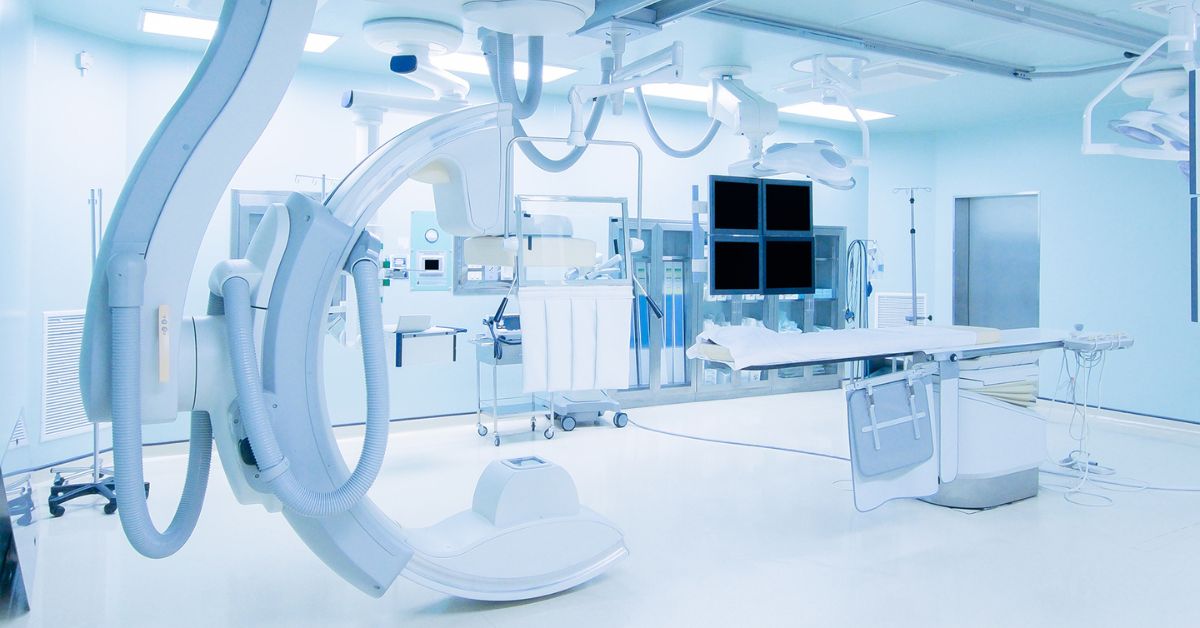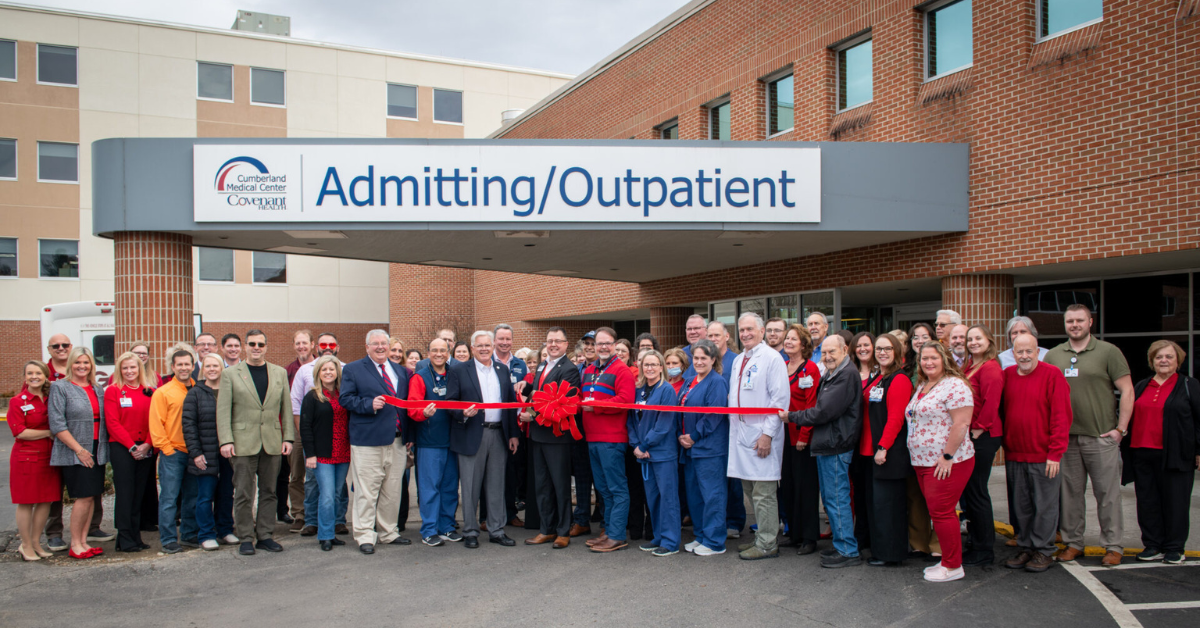
How to Become a Cath Lab Tech: Certification and Career Paths
There are two different paths that can be taken when pursuing a career as a Cath Lab Tech; the first is through a Radiologic Technology (RT) certification from The American Registry of Radiologic Technologists (ARRT).
What is a Radiologic Technologist?
In general, Radiologic Technologists, also known as Rad Techs or RTs, perform diagnostic imaging tests and administer radiation therapy. In the Cath Lab, RTs operate imaging equipment, administer contrast, assist the physician with all procedures, monitor the patient, and more.
What are the education requirements?
In order to become certified, you must first earn an Associate’s degree (or higher) from an accredited institution recognized by ARRT. If your degree is not in radiologic sciences, you must also complete an education program in Radiography before applying for your certification.
How do I earn my RT certification?
Upon completion and verification of your education program, you’ll be ready for the final step in the process: the examination. After you take the exam, you’ll receive preliminary results and then a final score within three weeks. If you don’t pass, you can take the exam up to two more times at any point during the first three years after your initial attempt.
What’s next?
After you’ve passed your exam, you’ll be required to renew your certification annually. To further your career potential, you can also pursue a post-primary certification in Cardiac-Interventional Radiography from ARRT. To earn this certification, you must perform a minimum of 150 repetitions of cardiac-interventional procedures and complete 16 hours of structured education.
For more specific information on the certification process, be sure to check out the ARRT website.
The second path that can be taken when pursuing a career as a cath lab tech is through a Registered Cardiovascular Invasive Specialist (RCIS) certification from Cardiovascular Credentialing International (CCI).
What’s the difference between an RCIS and an RT?
Cath Lab Techs with an RCIS certification typically perform the same tasks as those with an RT certification. The only major difference between the two is that a technologist with an RCIS certification has been specifically trained to work in the Cath Lab.
What are the education requirements?
There are a few options for meeting the education requirements of the RCIS certification. They are as follows:
- Complete an accredited program in invasive cardiovascular technology.
This is the easiest path to eligibility, requiring only a completion certificate or transcript and a student verification letter to schedule testing. Most programs are only two years in length and provide an extensive amount of clinical experience on top of the expected classroom learning. - Complete a non-accredited program in invasive cardiovascular technology.
If you opt to complete a non-accredited program, you need to be sure that it includes a minimum of one year of specialty training and 800 clinical hours. In order to show eligibility, you’ll need a completion certificate or transcript, a student verification letter, and a clinical experience letter. - Earn a diploma, Associate’s degree, or Bachelor’s degree in Health Science.
If you decide to pursue an RCIS certification after completing a more generic education program, there are some additional requirements that must be met. In order to be eligible, you must also have at least one year of full-time work experience in invasive cardiovascular technology, 600 invasive procedures in your career, and the documentation to support both items.
How do I earn my RCIS certification?
Once you’ve met the education requirements, you can submit your application and schedule your exam. The RCIS exam is two hours long and includes 130 multiple-choice questions. After the exam, you’ll receive an unofficial score report immediately, followed by your official results in about 3 weeks. If you do not pass, there is a mandatory waiting period of 45 days before a new application can be submitted.
What’s next?
Following your initial certification, it is essential that you maintain your active status. Your first renewal will be due before the first day of the quarter you received your initial certification in the year prior. After that, you’ll move to a triennial renewal schedule.
For more specific information on the certification process, be sure to check out the CCI website.
At VitalSolution, we’re always on the lookout for quality Cath Lab Tech candidates to fill open positions across the country. If you’re looking for your next opportunity, check out our job board or get in contact with us.
 company
company 
 (866) 755-7519
(866) 755-7519












